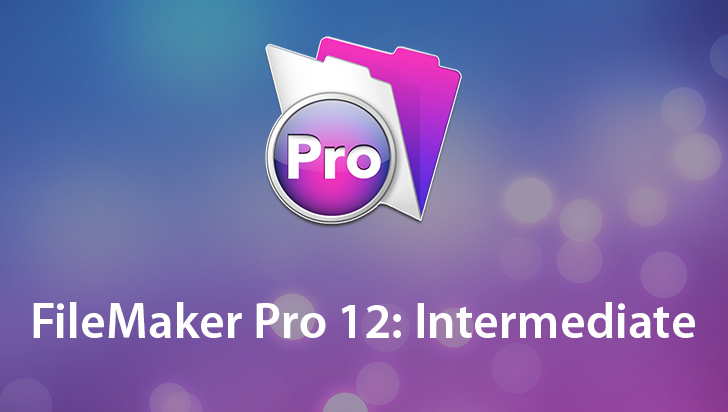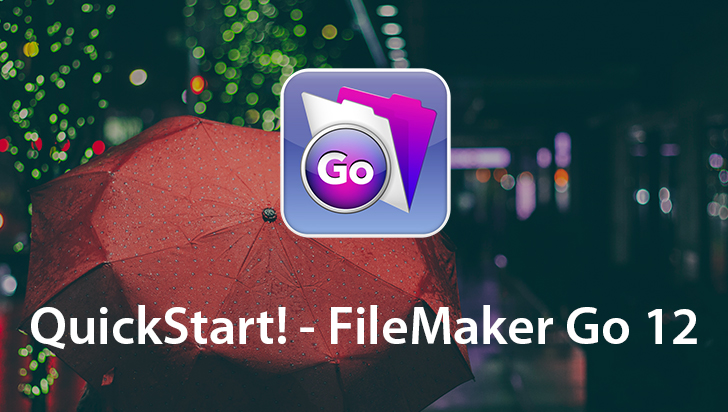
To accomplish this, there are various native methods available, often involving multiple GTRR (Go to Related Record) steps. For example, think of the relationship between Order, Line Items, Ship Address, and so on, in order for a customer to place a duplicate order. You will likely need to duplicate a complete set of records to address the entire entity. In fact, in most situations, it is necessary to duplicate both parent and related child records. While Claris/FileMaker offers a convenient Duplicate Record menu option, of which there's always a companion script step for most menus, there's more to the equation than simply duplicating your primary record.

In this video, we will explore how to make code editing within FileMaker as enjoyable as possible. Often, you just want it to be "ready-made" for you, allowing you to choose a theme. The only drawback is that it can be somewhat "mystifying" to achieve the exact appearance and understand how everything works. Thankfully, this is achievable with MBS and some other coding tools. However, in recent years, there has been a growing desire for a more modern and capable code editor when working with Claris/FileMaker.



Typically, I just went with the defaults. While I've long installed the MBS plug-in within FileMaker, I rarely took advantage of the full feature set possible with its syntax highlight capabilities. This video focuses on utilizing syntax highlighting within FileMaker to provide the best possible coding experience. Fortunately, for those of us using a Macintosh for solution development, the MBS (Monkeybread Software) plug-in offers modifications and enhancements to the code editor, which we often spend countless hours working in. While Claris International has made little to no changes to the FileMaker code editor (also known as the calculation dialog) in over two decades, there is no need for you to remain stuck in the past.


 0 kommentar(er)
0 kommentar(er)
